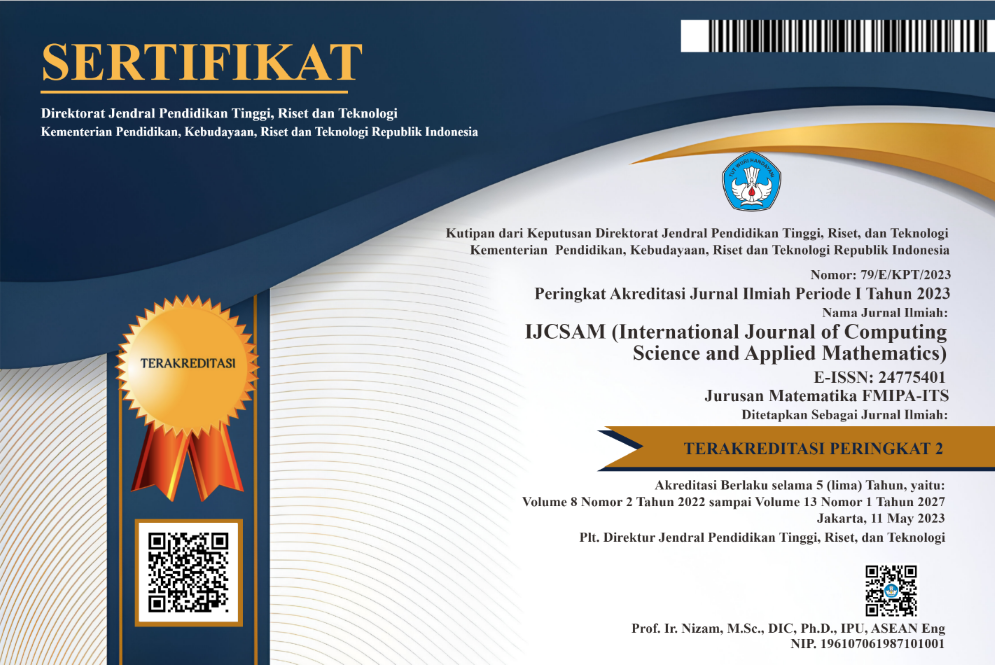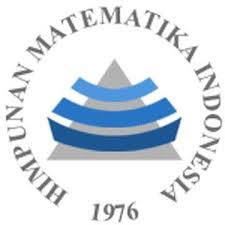Modeling and Forecasting Rainfall in Ethiopia
Abstract
Keywords
Full Text:
PDFReferences
S. Di Falco, M. Yesuf, G. Kohlin, and C. Ringler, “Estimating the impact of climate change on agriculture in low-income countries: Household level evidence from the nile basin, ethiopia,” Environmental and Resource Economics, vol. 52, no. 4, pp. 457–478, 2012.
G. Makombe, D. Kelemework, and D. Aredo, “A comparative analysis of rainfed and irrigated agricultural production in ethiopia,” Irrigation and Drainage Systems, vol. 21, no. 1, pp. 35–44, 2007.
W. Bewket, “Rainfall variability and crop production in ethiopia: Case study in the amhara region,” in Proceedings of the 16th International Conference of Ethiopian Studies, vol. 3. Norwegian University of Science and Technology Trondheim, Norway, 2009, pp. 823–836.
C. Sadoff et al., “Managing water resources to maximize sustainable growth: a world bank water resources assistance strategy for ethiopia,” The World Bank, Tech. Rep., 2008.
F. Hagos, G. Makombe, R. E. Namara, and S. B. Awulachew, Importance of irrigated agriculture to the Ethiopian economy: Capturing the direct net benefits of irrigation. IWMI, 2009, vol. 128.
M. Osman and P. Sauerborn, “A preliminary assessment of characteristics and long term variability of rainfall in ethiopia–basis for sustainable land use and resource management,” Challenges to organic farming and sustainable land use in the tropics and subtropics, Deutscher Tropentag, 2002.
E. Afrifa-Yamoah, B. I. Saeed, and A. Karim, “Sarima modelling and forecasting of monthly rainfall in the brong ahafo region of ghana,” World Environment, vol. 6, no. 1, pp. 1–9, 2016.
S. Suhartono, “Time series forecasting by using seasonal autoregressive integrated moving average: Subset, multiplicative or additive model,” J. Math. Stat, vol. 7, pp. 20–27, 2011.
T. Papalaskaris, T. Panagiotidis, and A. Pantrakis, “Stochastic monthly rainfall time series analysis, modeling and forecasting in kavala city, greece, north-eastern mediterranean basin,” Procedia engineering, vol. 162, pp. 254–263, 2016.
A. Pankratz, Forecasting with univariate Box-Jenkins models: Concepts and cases. John Wiley & Sons, 2009, vol. 224.
DOI: http://dx.doi.org/10.12962%2Fj24775401.v4i2.3824
Refbacks
- There are currently no refbacks.
View My Stats

International Journal of Computing Science and Applied Mathematics by Pusat Publikasi Ilmiah LPPM, Institut Teknologi Sepuluh Nopember is licensed under a Creative Commons Attribution-ShareAlike 4.0 International License.
Based on a work at https://iptek.its.ac.id/index.php/ijcsam.






